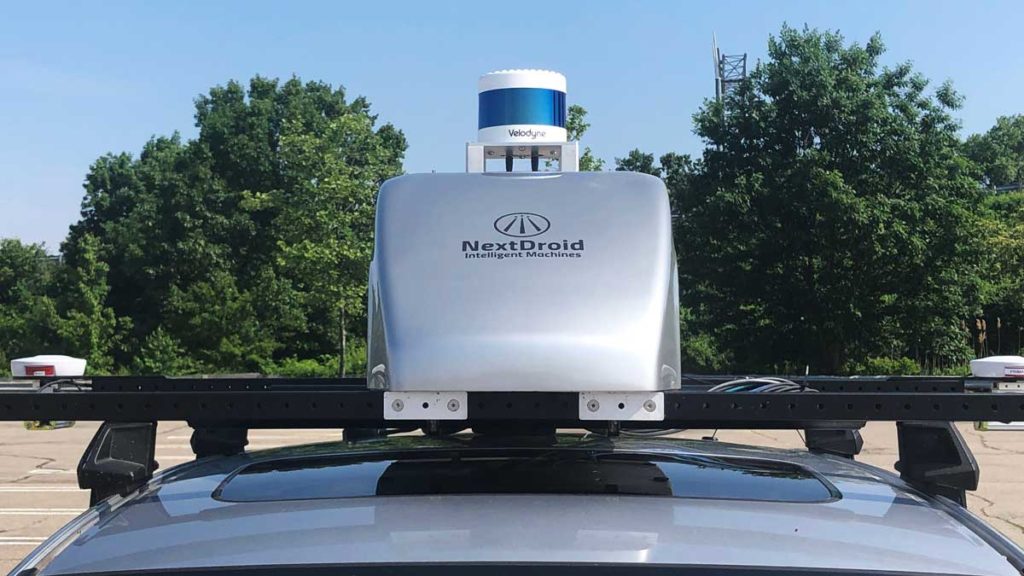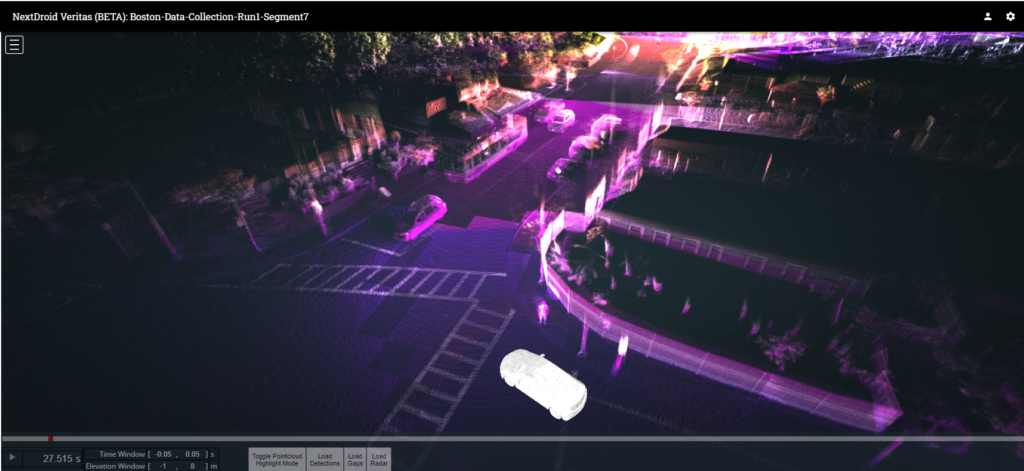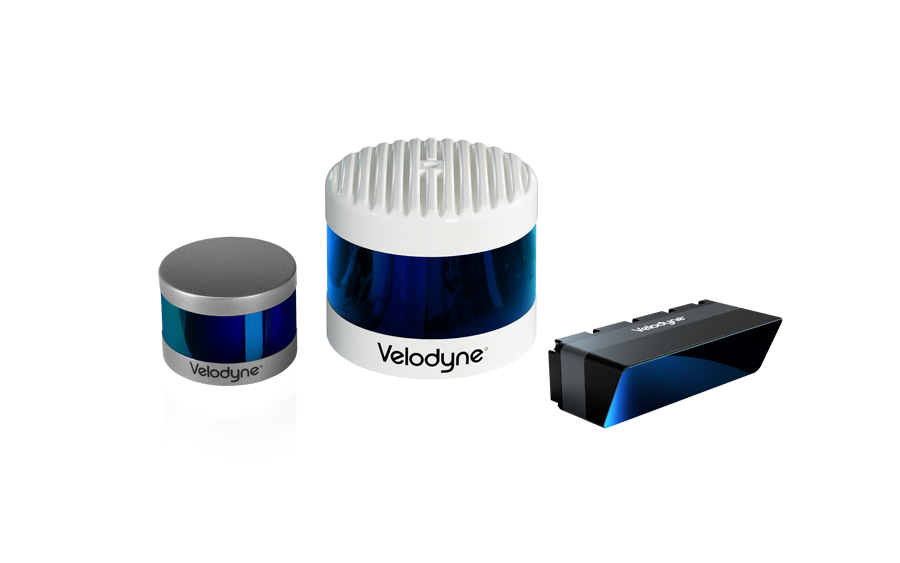
Validating the safety of autonomous vehicles (AV) and advanced assistance driver system (ADAS) features is essential to confidently operating vehicles with these features on public roadways. Car makers continually strive to set themselves apart by feature reliability and performance. They naturally want to reduce their dependence on consumers to report feature defects.
NextDroid, Inc., an Automated with Velodyne partner, is an intelligent machines start-up based in Boston, with core competencies in robotics, artificial intelligence and elastic cloud computing. NextDroid has developed a ground truth platform for validating the safety and performance of ADAS features. Their Veritas platform collects road and vehicle data, then analyzes these data streams to produce information needed by car makers and their suppliers to validate the performance of ADAS features.
We connected with David Bruemmer from NextDroid to find out more about how the company has advanced the consumer automotive validation market and is helping to improve vehicle safety. We also discussed how automakers can use lidar to build a highly detailed ground truth model of the world to evaluate their AV and ADAS systems.
David: The second wave (Level 2) of ADAS features in consumer vehicles began in earnest with the widespread availability of the Tesla Auto Pilot and GM Super Cruise in 2015. The relative success and popularity of these driver support features have accelerated rapidly due to the scale of investment in ADAS features and autonomous vehicles across the spectrum of the automotive supply chain.
Until recently, there was a dearth of tools to rank the relative performance of ADAS and AV features from different vendors against a simple, metrically accurate evaluation framework. The introduction of the NextDroid SLED – our roof-mounted hardware that includes Velodyne’s lidar – and Veritas platform into the consumer automotive validation market has changed that. Now there is a proven, commercially available ground truth platform that enables customers to bring features to market with greater safety, in less time and much more cost-effectively than legacy methods.
David: The Veritas system is built on three verification technologies, beginning with ground truthing.

David: By the time NextDroid was formally launched in 2016, Velodyne had already established its reputation among the OEM customer base. Velodyne’s sensor range and fidelity were well accepted. We liked the form factor and build quality.
The first generation of NextDroid Veritas systems shipped with a 64-beam scanner. Today, NextDroid systems ship with a 128-beam scanner – the Alpha Prime™.
The Velodyne lidar sensor is an essential ground truth component because of its range and light return rate. Lidar inputs enable NextDroid to create 3D, high fidelity point clouds, onto which the ground truth can be overlayed and feature performance can be objectively assessed.
David: Vehicle sensors are sophisticated. They are built to refresh multiple times per millisecond. The sensors can be programmed to simultaneously look ahead at different distance and time intervals. Sensor accuracy is essential for safety and performance, and must be objectively assessed. Enter ground truth.
Let’s look at an object detection use case. The vehicle uses short and medium range radar to recogize and locate objects. The read-outs contain factors that will impact the behavior of the vehicle. One of these factors is distance between the ego vehicle (vehicle under test) and other cars on the highway.
If a vehicle is programmed to take a collision avoidance action based on a specific object distance, then the distance reported by the sensor has to be accurate. Short-changing the distance reading can cause the vehicle to act unncecessarily. Over-reading the distance can result in no vehicle actions when, in fact, they are needed.
How do you objectively assess this? The graphics below include the ground truth created in part by processing images from the Velodyne lidar and and combining these with outputs from the vehicle sensors. The image below shows the difference between true vehicle location (using a bounding box) and vehicle location reported by the ego vehicle sensors (using dots).
Veritas automatically creates evaluation reports using client specific metrics and thresholds. Previously collected data can be processed using different pass/fail values without having to re-drive the route.
Looking ahead, NextDroid anticipates working with Velodyne and other component providers to expand the Veritas platform, leveraging exciting new perception technology to augment its cost-effective, scalable solution.
For readers interested in additional information on NextDroid, please contact David by email at [email protected].

Velodyne Lidar (Nasdaq: VLDR, VLDRW) ushered in a new era of autonomous technology with the invention of real-time surround view lidar sensors. Velodyne, a global leader in lidar, is known for its broad portfolio of breakthrough lidar technologies. Velodyne’s revolutionary sensor and software solutions provide flexibility, quality and performance to meet the needs of a wide range of industries, including robotics, industrial, intelligent infrastructure, autonomous vehicles and advanced driver assistance systems (ADAS). Through continuous innovation, Velodyne strives to transform lives and communities by advancing safer mobility for all.